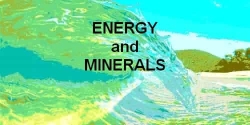Common Rocks
Common Rocks in Hand Specimen
source most images from Earth Science Australiadescriptions from various resources
35 of the most common rocks with brief descriptions
amphibolite andesite anorthosite basalt breccia
conglomerate dolerite(diabase) diorite dolomite gabbro
gneiss(biotite) gneiss(garnet) granite(biotite) granite(hornblende) greywacke
lamprophyre(mica) limestone limestone(crystalline) marble peridotite / dunite
porphyry(feldspar) pyroxenite quartzite rhyolite sandstone
schist(biotite) schist(chlorite) serpentinite(impure) shale slate
syenite(hornblende) syenite(nepheline)
talc schist trap(amygloidal)
tuff
see also...


amphibolite
is a coarse-grained metamorphic rock that is composed mainly of green,
brown, or black amphibole minerals and plagioclase feldspar. The
amphiboles are usually members of the hornblende group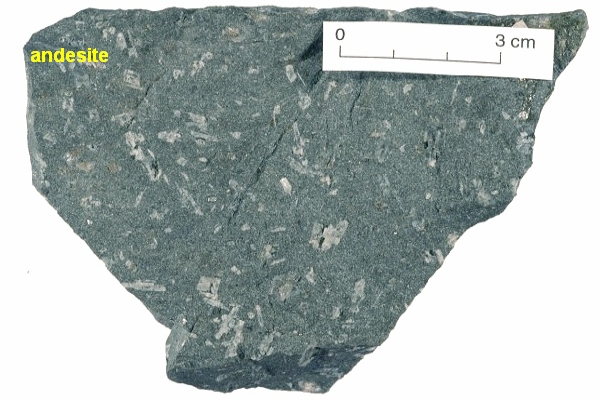
andesite
is an extrusive igneous, volcanic lava rock, of intermediate
composition, with aphanitic to porphyritic texture. It is the intermediate
type between basalt and dacite, and ranges from 57 to 63% silicon
dioxide(SiO2)
anorthosite
is a phaneritic, intrusive igneous rock characterized by a predominance of
plagioclase feldspar (90–100%), and a minimal mafic component (0–10%).
Pyroxene, ilmenite, magnetite, and olivine are the mafic minerals most
commonly present.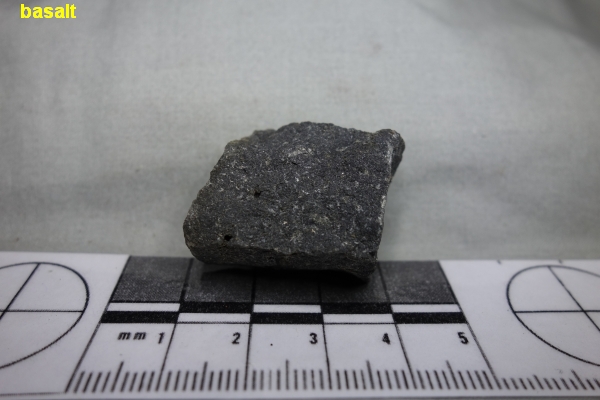
basalt
a dark fine-grained extrusive igneous volcanic lava rock that
sometimes displays a columnar structure, typically composed largely of
plagioclase with pyroxene and olivine.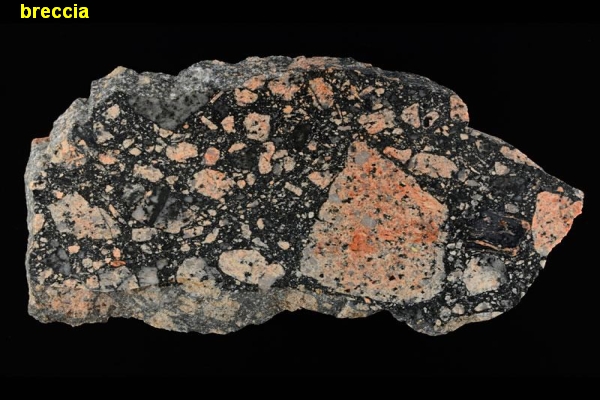
breccia
is a term most often used for clastic sedimentary rocks that are
composed of large angular fragments (over two millimeters in diameter).
The spaces between the large angular fragments can be filled with a
matrix of smaller particles or a mineral cement that binds the rock
together.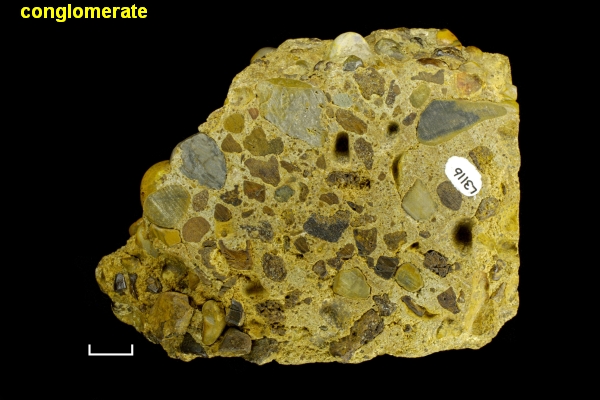
conglomerate
is a coarse-grained clastic sedimentary rock that is composed
of a substantial fraction of rounded to subangular gravel-size clasts,
e.g., granules, pebbles, cobbles, and boulders, larger than 2 mm (0.079
in) in diameter.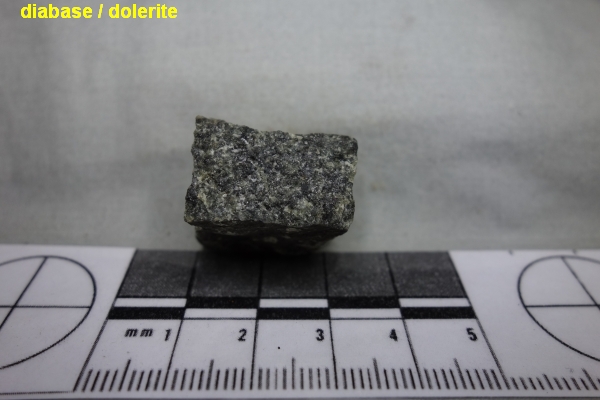
diabase / dolerite
microgabbro is a mafic, holocrystalline, subvolcanic rock, the
medium-grained shallow intrusive equivalent to volcanic basalt or
plutonic gabbro. While similar to basalt, it contains crystals which can
be seen with a hand lens. This indicates that it cooled a little more
slowly than basalt. Typically it is found in volcanic plugs and dykes
which channeled the basalt to the surface. It is composed of
plagioclase feldspar (mostly labradorite) crystal laths surrounded
by pyroxene (augite). Ophitic texture (randomly oriented
plagioclase laths enclosed by pyroxene grains) is a characteristic
feature of diabase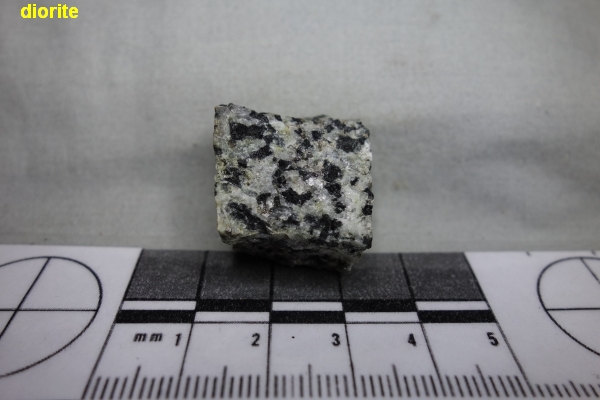
diorite
is an intrusive igneous rock composed principally of the silicate
minerals plagioclase feldspar (typically andesine), biotite, hornblende,
and/or pyroxene.
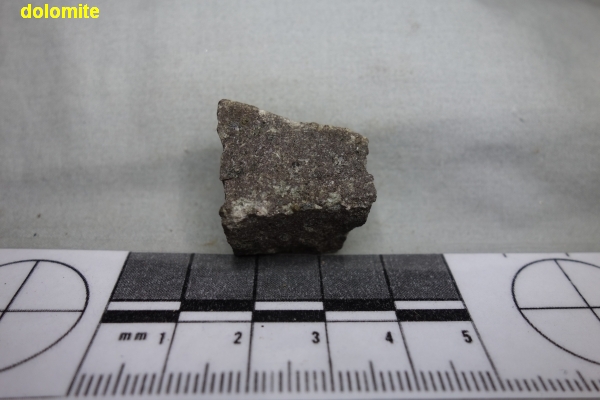
dolomite / dolostone
is a common sedimentary rock primarily composed of the mineral dolomite
- an anhydrous calcium magnesium carbonate with a chemical composition
of CaMg(CO3)2.
gabbro
is a dark, medium- to coarse-grained intrusive igneous rock composed of
calcium plagioclase, pyroxene, and minor olivine, but no quartz. It is
the intrusive equivalent of a basalt.
gneiss - biotite
is a common distributed type of rock formed by high-grade regional
metamorphic processes from pre-existing formations that were originally
either igneous or sedimentary rocks. It is often foliated (composed of
layers of sheet-like planar structures). The foliations are
characterized by alternating darker and lighter colored bands, called
"gneissic banding" Light-gray, medium- to coarse grained, in this case
containing interlayered biotite
gneiss - garnet
is a common distributed type of rock formed by high-grade regional
metamorphic processes from pre-existing formations that were originally
either igneous or sedimentary rocks. It is often foliated (composed of
layers of sheet-like planar structures). The foliations are
characterized by alternating darker and lighter colored bands, called
"gneissic banding" Light-gray, medium- to coarse grained, in this case
containing interlayered garnet 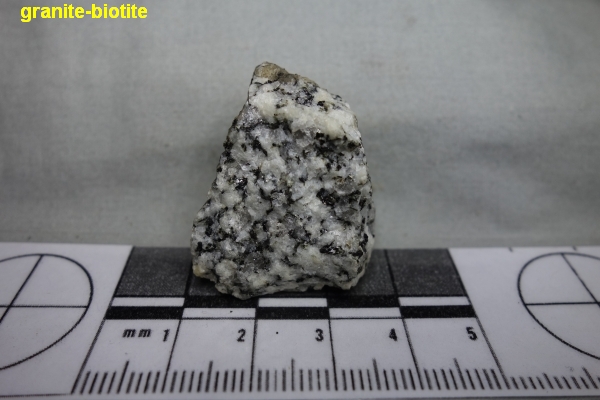
granite - biotite
is a common type of felsic intrusive igneous rock that is granular and
phaneritic in texture. Granites can be predominantly white, pink, or
gray in color, depending on their mineralogy. The word "granite" comes
from the Latin granum, a grain, in reference to the
coarse-grained structure of such a holocrystalline rock. Granite is an
igneous rock with between 20% and 60% quartz by volume, and at least 35%
of the total feldspar consisting of alkali feldspar, although commonly
the term "granite" is used to refer to a wider range of coarse grained
igneous rocks containing quartz and feldspar.In this case the main
"mafic" or dark mineral is biotite
granite - hornblende
is a common type of felsic intrusive igneous rock that is granular and
phaneritic in texture. Granites can be predominantly white, pink, or
gray in color, depending on their mineralogy. The word "granite" comes
from the Latin granum, a grain, in reference to the
coarse-grained structure of such a holocrystalline rock. Granite is an
igneous rock with between 20% and 60% quartz by volume, and at least 35%
of the total feldspar consisting of alkali feldspar, although commonly
the term "granite" is used to refer to a wider range of coarse grained
igneous rocks containing quartz and feldspar.In this case the main
"mafic" or dark mineral is hornblende
greywacke
is a sedimentary rock - hard dark "dirty"sandstone with poorly
sorted angular grains of quartz, feldspar, and small rock fragments in a
compact, clay-fine matrix consisting of at least 15% clay
lamprophyre - mica
is an ultrapotassic igneous intrusive rock characterized by the presence
of phenocrysts of mica, usually phlogopite or biotite, and/or amphibole,
usually hornblende or pargasite, together with smaller amounts
clinopyroxene and/or melilite,primarily occurring as dikes, lopoliths,
laccoliths, stocks and small intrusions.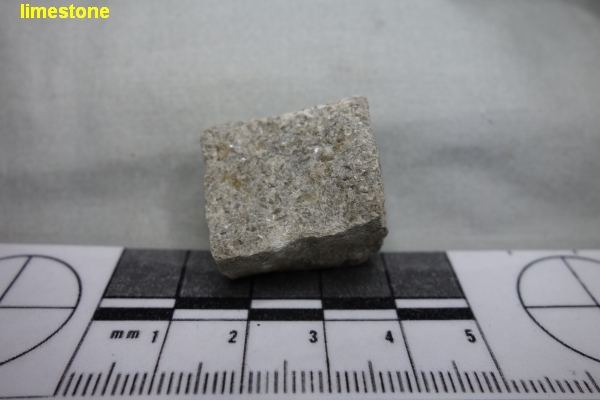
limestone
is an organic sedimentary rock primarily made of the mineral calcite
derived from mainly of skeletal fragments of marine organisms,
and/or organic calcareous material. It most commonly forms in clear,
warm, shallow marine waters.
limestone - crystalline
is a chemically dervied sedimentary rock, composed of the mineral
calcite (calcium carbonate) precipitated directly from
a solution of calcite carbonate in lake or ocean water.or by
evaporation such as in cave statagtites and stalagmites / hot springs
marble
is a metamorphic rock composed of recrystallized carbonate minerals,
most commonly calcite or dolomite
peridotite / dunite
is an important ultramafic plutonic igneous rock because the
Earth’s mantle is predominantly composed of it. So while we rarely see
perodotite, it is probably by volume the most common rock on
earth, just mostly found out of sight, beneath the solid crust of the
earth. A dense, coarse-grained igneous rock consisting mostly of the
minerals olivine and pyroxene, peridotite is ultramafic, as the rock
contains less than 45% silica. It is high in magnesium, reflecting the
high proportions of magnesium-rich olivine, with appreciable ironDunite is a type of peridotite that is almost monomineralic (more than 90% of it is olivine).
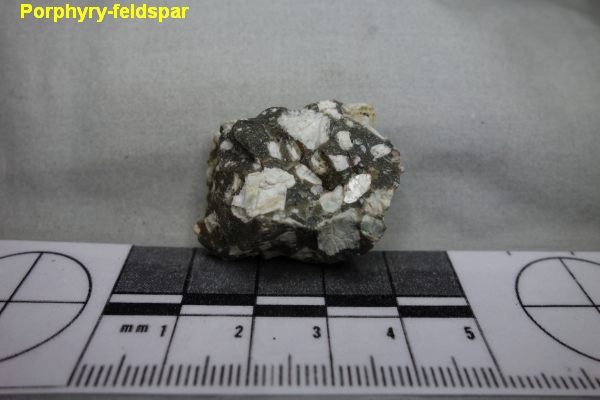
porphyry - feldspar
is an intrusive igneous rock that contains larger crystals (phenocrysts)
of feldspar in a fine-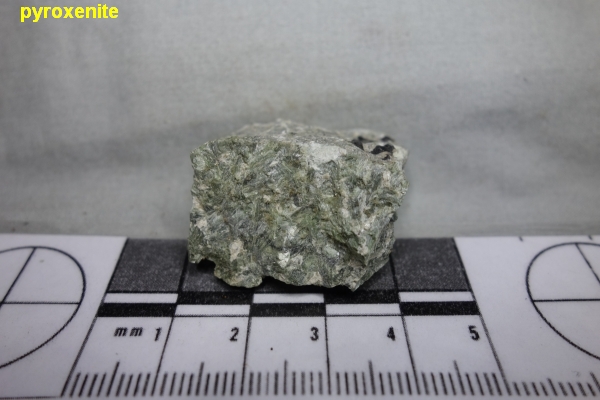
pyroxenite
is an ultramafic plutonic igneous rock consisting essentially of
minerals of the pyroxene group, such as augite, diopside, hypersthene,
bronzite or enstatite. Pyroxenites occur in discrete inclusions, in
layered sills (tabular bodies inserted between other rocks) and
lopoliths (laccoliths with basin-shaped bases), in branching veins, in
narrow dikes (tabular bodies injected in fissures), and at the edges of
silica-poor plutons (intrusive igneous rock bodies).
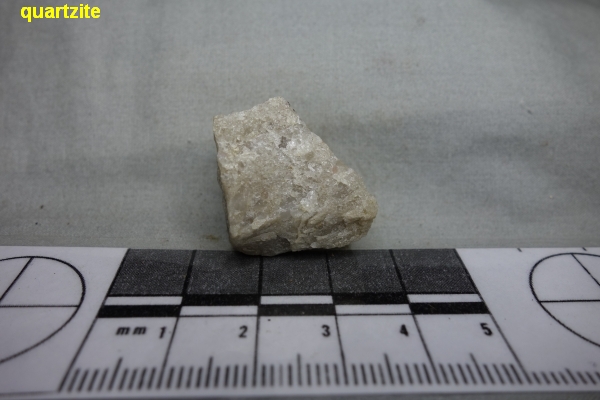
quartzite
is a hard, non-foliated metamorphic rock which was originally pure
quartz sandstone. Sandstone is converted into quartzite
through heating and pressure usually related to tectonic compression
within orogenic belts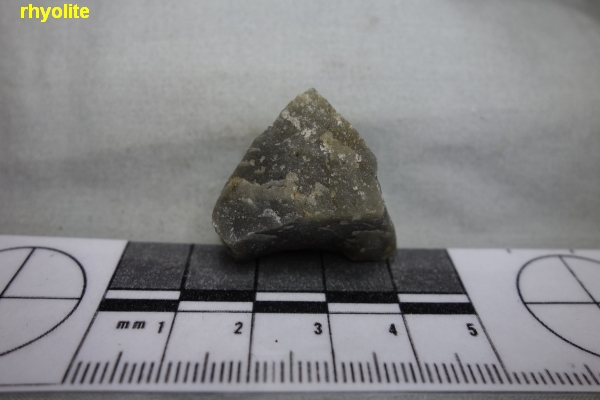
rhyolite
is an extrusive igneous lava rock with a very high silica content. It is
usually pink or gray in color with grains so small that they are
difficult to observe without a hand lens. Rhyolite is made up of quartz,
plagioclase, and sanidine, with minor amounts of hornblende and biotite.
Distinguished from andesite by its sugary texture and often the presence
of quartz "eyes"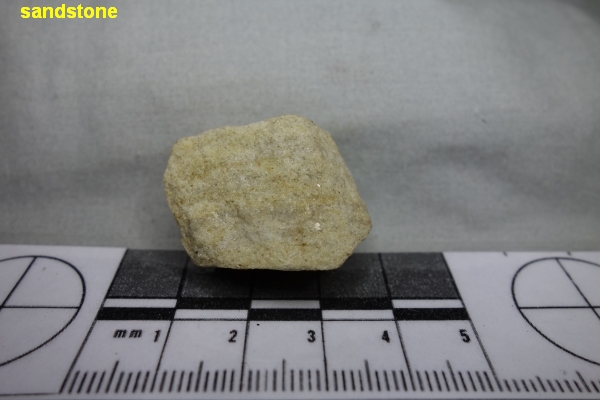
sandstone
is a clastic sedimentary rock composed mainly of sand-sized minerals or
rock grains The cement that binds the clasts can vary from clay minerals
to calcite, silica or iron oxides. Sandstone can be further divided according to: clast size - fine (0.06-0.2mm), medium (0.2-0.6mm), coarse (0.6-2mm)

